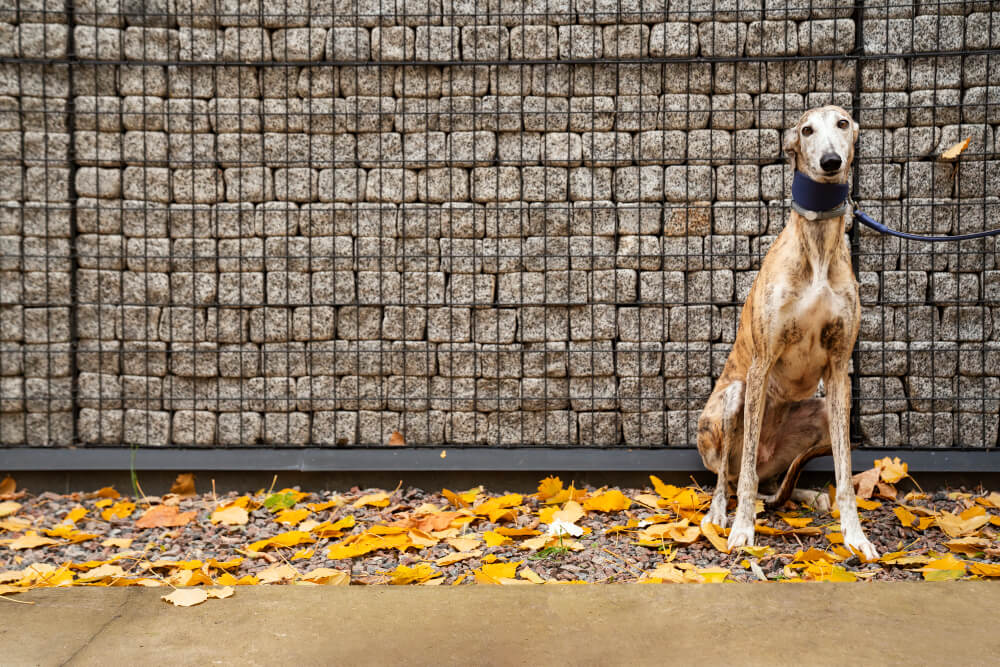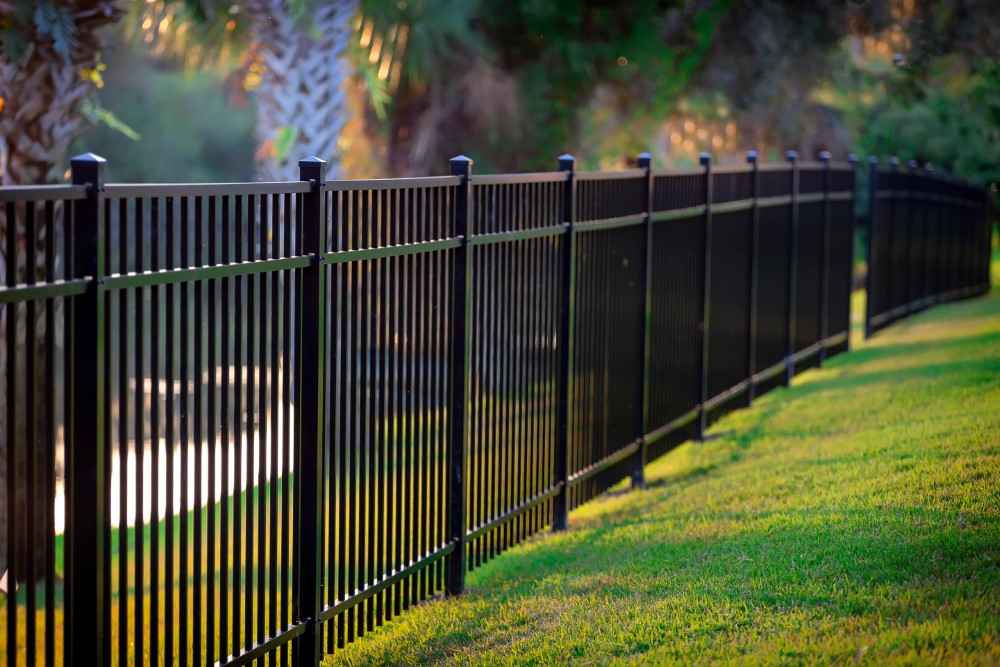
Which Fence is Best for Dog Owners? A Comprehensive Guide
Choosing the right fence for your canine companion involves careful consideration of various factors. From understanding your dog’s behavior to assessing the durability and maintenance of different fencing materials, this comprehensive guide aims to provide dog owners with the information needed to make an informed decision.
The Importance of Choosing the Right Fence for Dog Owners
Dogs are more than just pets; they are loyal companions and, often, an integral part of the family. Selecting the right fence is crucial to ensure the safety, happiness, and peace of mind of their owners.
Factors to Consider Before Selecting a Fence for Dogs
Size and Breed: Different breeds have different needs. Consider the size, agility, and energy levels of your dog.
Behavioral Traits: Understanding your dog’s temperament helps in choosing a fence that suits their personality.
Escape Artists: Identify if your dog tends to escape or dig under fences.
Understanding Your Dog’s Behavior
Different Breeds, Different Needs
Some breeds are more energetic, while others are more laid-back. Tailoring your fence choice to your dog’s breed ensures it meets their specific requirements.

Analyzing Your Dog’s Temperament
A timid dog might be overwhelmed by a tall, solid fence, while a more territorial dog may benefit from such a barrier.
Identifying Escape Artists
Dogs with a knack for escaping require extra measures. We’ll explore fencing options that deter even the most determined escape artists.
Types of Dog-Friendly Fencing Materials
Traditional Wood Fences
Wood provides a classic look but might require more maintenance. Learn about the pros and cons of wooden fences for dog owners.
Chain Link Fences
Known for their durability, chain link fences offer security while allowing visibility. Discover if this is the right choice for your furry friend.
Vinyl Fences
Low-maintenance and versatile vinyl fences are gaining popularity. Explore their suitability for dog owners.
Aluminum Fences
Combining strength with a sleek appearance, aluminum fences might be an ideal choice. Uncover the benefits and considerations.
Invisible/Electric Fences
Technologically advanced, invisible fences provide an alternative. Understand how they work and if they are humane.
Composite Fences
Explore the eco-friendly options of composite fences and their suitability for dog owners.
Durability and Maintenance
Assessing Longevity
Investing in a durable fence ensures long-term protection. We’ll examine the lifespan of various materials.
Weather Resistance
Different regions face diverse weather conditions. Learn which materials stand up to the elements in your area.
Maintenance Requirements
Consider the time and effort needed to maintain your chosen fence. A low-maintenance option may be preferable for busy dog owners.
Security Features
Height Matters: Optimal Fence Height for Security
The height of your fence is a critical factor. Discover the ideal height for deterring intruders and ensuring your dog’s safety.
Locking Mechanisms
Explore secure locking mechanisms to prevent accidental escapes and unauthorized entry.
Additional Security Options
Beyond the fence, what additional security measures can be taken to safeguard your furry friend?
Aesthetic Considerations
Blending with Surroundings
Aesthetics matter, both for homeowners and the community. Learn how to choose a fence that complements your surroundings.
Design Options for Dog-Friendly Fences
Discover design ideas that merge functionality with aesthetics, creating a visually pleasing enclosure for your dog.
Cost Analysis
Initial Installation Costs
Budget considerations are vital. Compare the upfront costs of different fencing materials and installation methods. If you’re interested in building your own fence, our guide on DIY dog fence offers detailed instructions.
Long-term Maintenance Expenses
While a fence may be affordable initially, the long-term costs can vary. Evaluate maintenance expenses over time.
Return on Investment
Does the chosen fence add value to your property? Explore the potential return on investment with different fencing options.
Legal Considerations
Local Zoning Laws
Local regulations may dictate the type and height of fences allowed. Stay informed to avoid legal issues.
Homeowners Association Regulations
If you belong to an HOA, understand their rules regarding fences. Ensure your choice aligns with their guidelines.
Permits and Permissions
Certain fence types may require permits. Learn about the paperwork needed to avoid legal complications.
DIY vs. Professional Installation
Pros and Cons of DIY Installation
For the hands-on homeowner, DIY installation may be tempting. Explore the advantages and drawbacks before deciding.
Benefits of Hiring Professionals
Professional installers bring expertise and efficiency. Understand the benefits of leaving the job to the experts.
Ensuring Installation Accuracy
Even with professional installation, ensure the fence is installed accurately to prevent gaps or weaknesses.
Environmental Impact
Eco-Friendly Fencing Options
For environmentally-conscious dog owners, explore fencing materials with minimal ecological impact.
Sustainable Materials
Learn about sustainable materials that not only benefit the environment but also offer longevity and durability.
Specialized Fencing for Specific Dog Needs
Small Breed Considerations
Small breeds may require different fencing considerations. Discover options tailored to their needs including the best picket fences, which combines both functionality and aesthetic appeal.
Large and Energetic Breeds
Energetic breeds demand robust fencing solutions. Find out which options cater to their size and energy levels.
Elderly or Special Needs Dogs
Adapting your fence for elderly or special needs dogs ensures their safety and comfort.
Training and Behavioral Adjustments
Integrating Training with Fencing
Training plays a crucial role in ensuring your dog understands and respects the boundaries set by the fence.
Addressing Behavioral Challenges
If your dog exhibits challenging behavior, learn how to address it effectively through training and environmental adjustments.
Positive Reinforcement Techniques
Encourage positive behavior through reinforcement strategies, making the fence a positive aspect of your dog’s environment.
Common Mistakes to Avoid
Underestimating Dog’s Agility
Take your dog’s ability to navigate obstacles. Avoid common mistakes that could compromise the effectiveness of the fence.
Neglecting Maintenance
Regular maintenance is critical to the longevity of any fence. Learn the common pitfalls to avoid in this aspect.
Ignoring Legal Requirements
Failure to adhere to local laws and regulations can lead to legal trouble. Stay informed to prevent legal complications.
Future Trends in Dog Fencing
Technological Advancements
As technology evolves, so do fencing options. Explore emerging technologies that shape the future of dog-friendly fences.
Innovative Materials
Discover cutting-edge materials that promise enhanced durability, security, and aesthetics for dog owners.
Conclusion
In conclusion, selecting the right fence for your dog involves understanding their needs and considering factors like breed, behavior, and environmental conditions. Our comprehensive guide covers materials, durability, security, aesthetics, and legal aspects. Avoid common mistakes and look towards future trends in dog fencing. For personalized assistance, contact Bravo Fence Company. Ensure the safety and happiness of your furry friend with the right choice in fencing.
FAQs
Why is choosing the right fence important for dog owners?
Selecting the right fence is crucial to ensure the safety, happiness, and peace of mind of both dogs and their owners.
What factors should I consider before choosing a fence for my dog?
Consider your dog’s size, breed, behavioral traits, and whether they tend to escape or dig under fences.
How does a dog’s breed influence the choice of fencing?
Different breeds have different needs. Tailoring your fence choice to your dog’s breed ensures it meets their specific requirements.
What are some behavioral traits to consider when selecting a fence?
Understanding your dog’s temperament helps in choosing a fence that suits their personality. For example, a timid dog may be overwhelmed by a tall, solid wall.
How do I identify if my dog is an escape artist?
Dogs with a knack for escaping require extra measures. The guide explores fencing options that deter even the most determined escape artists.
What are the different types of dog-friendly fencing materials?
The guide covers traditional wood fences, chain link fences, vinyl fences, aluminum fences, invisible/electric fences, and composite fences.
How do I assess the durability and maintenance of fencing materials?
The guide provides insights into assessing the longevity, weather resistance, and maintenance requirements of various fencing materials.
What security features should I consider for my dog’s fence?
Explore optimal fence height for security, secure locking mechanisms, and additional security options beyond the fence.
How can I ensure the fence blends with my surroundings?
Learn about design options for dog-friendly fences and how to choose a fence that complements your home and community.
What are the cost considerations for dog owners when installing a fence?
The guide compares initial installation costs, long-term maintenance expenses, and the potential return on investment with different fencing options.
What legal considerations should dog owners be aware of?
Understand local zoning laws, homeowners association regulations, and the permits and permissions needed for certain fence types.
What are the pros and cons of DIY fence installation vs. professional installation?
Explore the benefits and drawbacks of both DIY installation and hiring professionals for fence installation.
How can I address specific dog needs with fencing?
The guide provides considerations for small breeds, large and energetic breeds, as well as elderly or special needs dogs.
How can training and behavioral adjustments be integrated with fencing?
Learn about positive reinforcement techniques, addressing behavioral challenges, and ensuring the fence becomes a positive aspect of your dog’s environment.
What common mistakes should dog owners avoid when installing a fence?
Avoid underestimating your dog’s agility, neglecting maintenance, and ignoring legal requirements to prevent common pitfalls.
What are the future trends in dog fencing?
Explore technological advancements and innovative materials that might shape the future of dog-friendly fences.
Tags: Complete Guide to Wooden Fences For Dog Owners, Everything You Need to Know About Fences For Dog, Everything You Need to Know About Outdoor Fence For Dog Owners, Explore Helpful Resources on Wood Fence For Dog Owners, Inspiration and Tips on Dog Fence Outdoor, Top Ideas and Insights About Dog Friendly Fencing Materials
